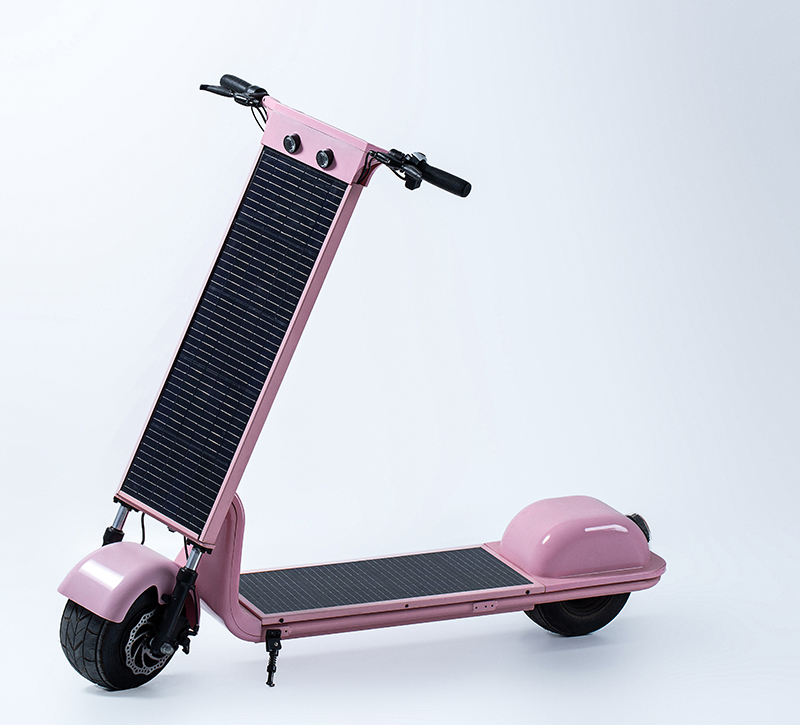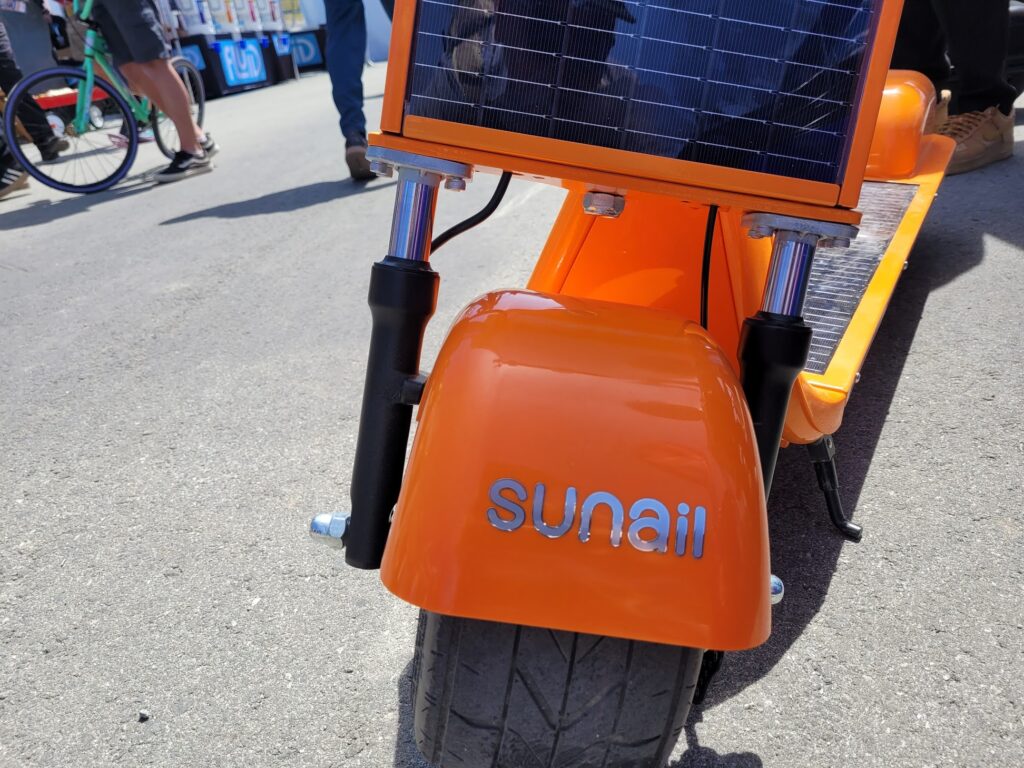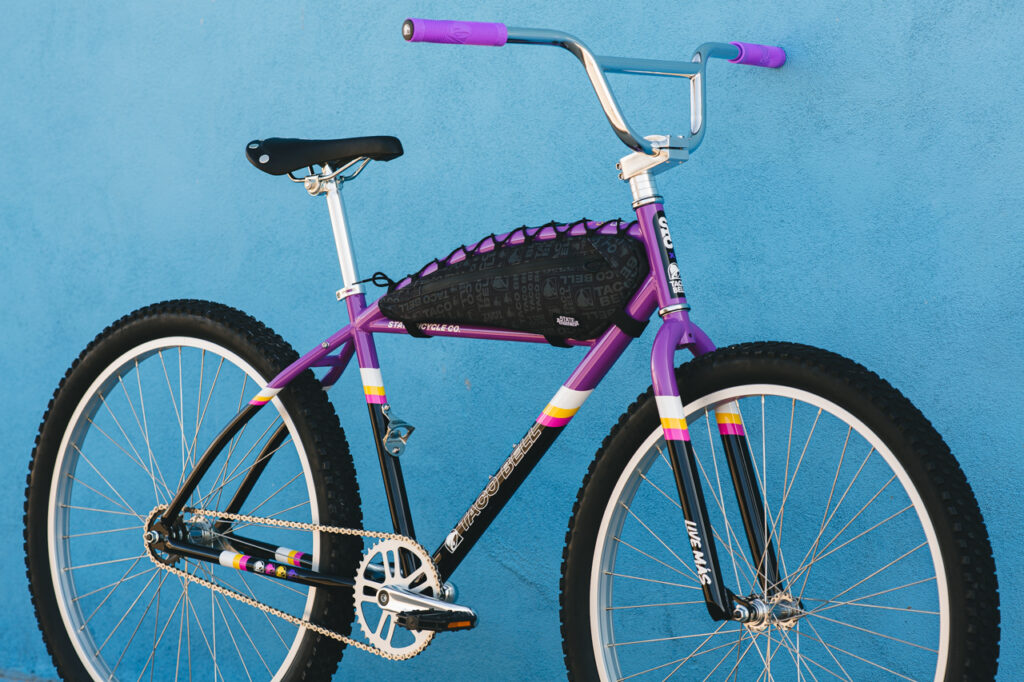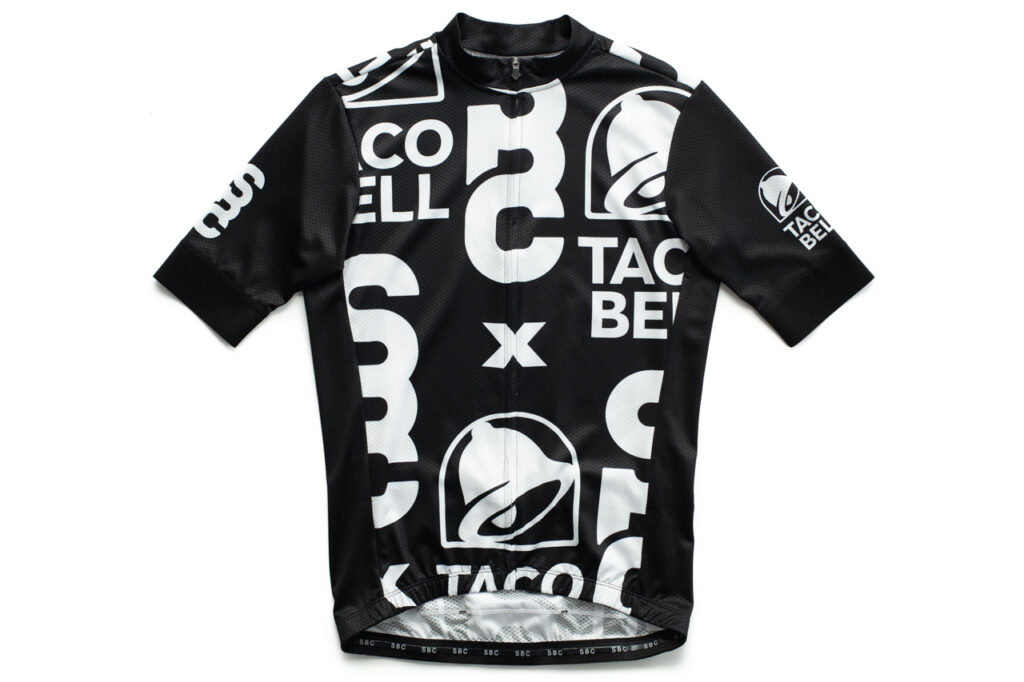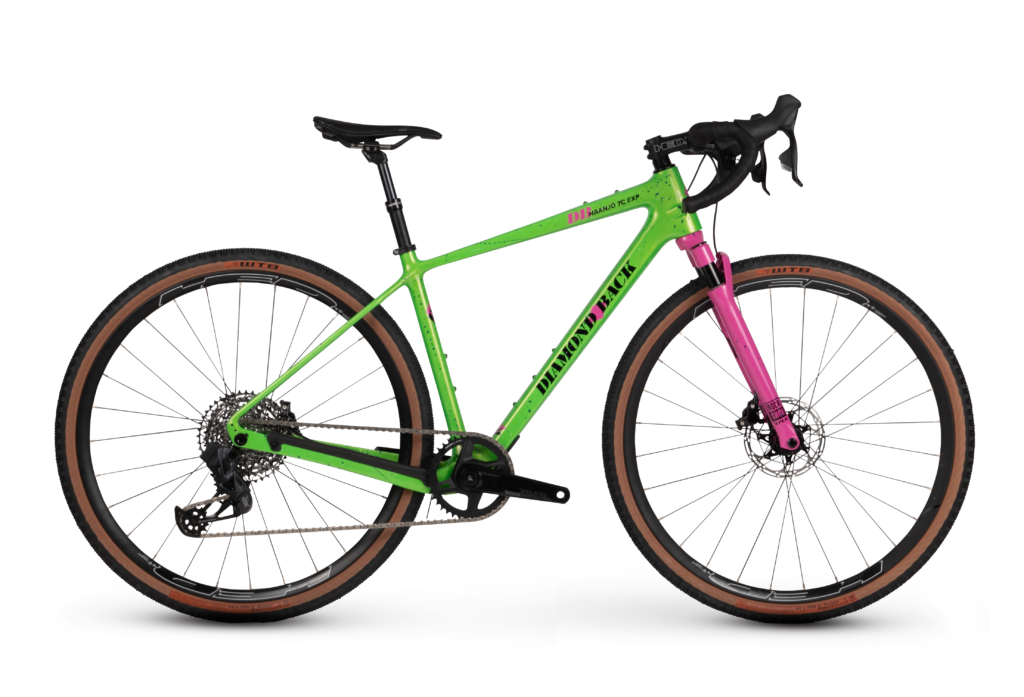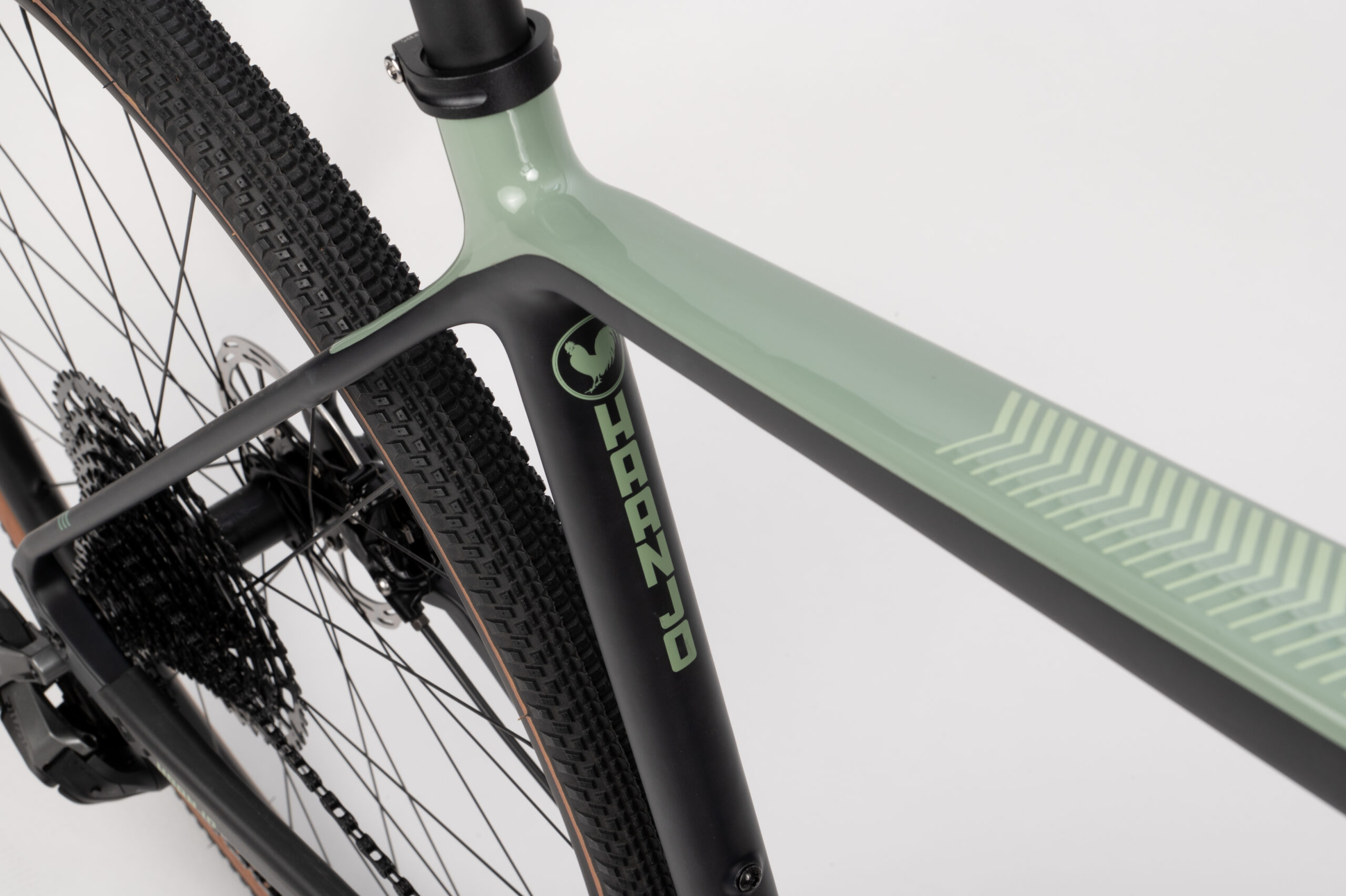You’ve seen the formula: 20 inch box fan ($30) + 20 inch furnace filter ($10) + duct tape ($5) = a quick, effective, DIY home air purifier for under $50.
How effective are they? I measured my homebrew filter (made with a MERV11 filter), and it dropped the indoor air quality AQI from 57 to single digits in a 10 x 10 room inside of an hour.
My home office indoor PM2.5 AQI as measured with a PurpleAir indoor sensor this morning. My filter — a box fan with a MERV11 furnace filter taped to the back — was turned on at 7:40 AM. pic.twitter.com/nr0h5VrGCm
— Richard Masoner 🚴♂️ (@cyclelicious) September 15, 2020
In 2020, we eventually exceeded AQI 400 from very high PM2.5 due to California wildfires raging nearby, but my indoor air quality was fine thanks to DIY filters, along with higher efficiency filters for my central air conditioning.
It’s always been in the back of my mind, however, that we’re using electrical appliances in ways they’re not tested for. Fans are tested for safety with unobstructed air flows. I’m a software engineer but my entire career has been working with hardware design teams. I’ve seen firsthand what happens when fans are operated in ways outside of their intended design: the motor windings heat the fan’s external casing and things melt and catch on fire.
I’m thrilled to learn that Underwriters Laboratories, which tests appliances for safety, thought of this too. With help from the US Environmental Protection Agency, Dr. Aika Davis and Dr. Marilyn Black tested box fans with MERV13 filters in various conditions and learned that modified box fans don’t catch on fire.
For the test, UL attached probes to measure the temperature for the motor housing, motor windings, power cord at the motor, fan guard, output air, switch, and ambient air. They also measured voltage, amperage, wattage, and airflow.
In their “Highlights of findings,” the researchers dryly note “exterior surfaces that can come into direct contact with people remained below the first-degree burn potential” and “fire ignition was not achieved with any of the filter/fan test scenarios.”
The ambient air temperature during the test was a cool 20°C. UL’s testing notes the motor windings peaked at 92°C in the worst case scenario (two heavily obstructed filters), which is just short of UL’s safety limit of 105°C, so keep this in mind if you’re in a hot room, and don’t put your DIY filter near easily ignitable items.
You can read the full report as a PDF here. The nerd in me appreciates reading about the testing methodology. This might make a decent middle school science fair project. I’m posting this to a blog about bicycles because we spend a lot of time outdoors and need to think about our lung health. Personally, I’m among the high percentage of endurance athletes with ashtma and I strongly prefer clean air over polluted air.
